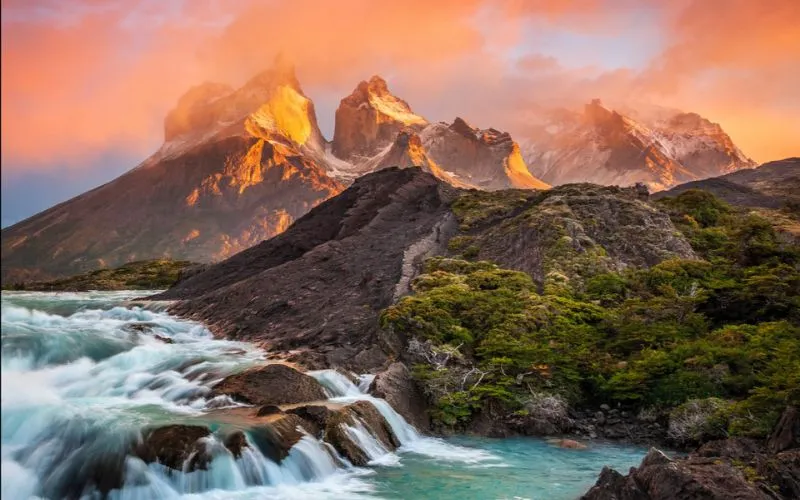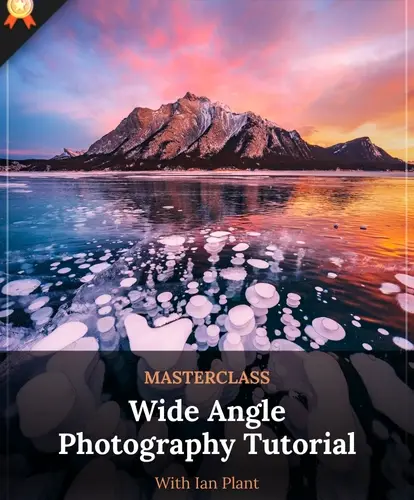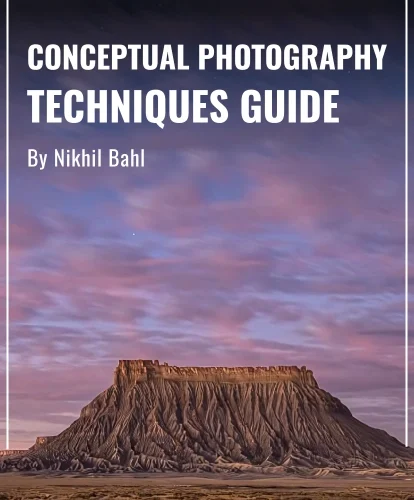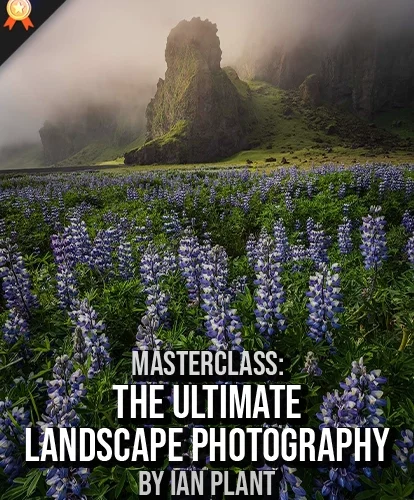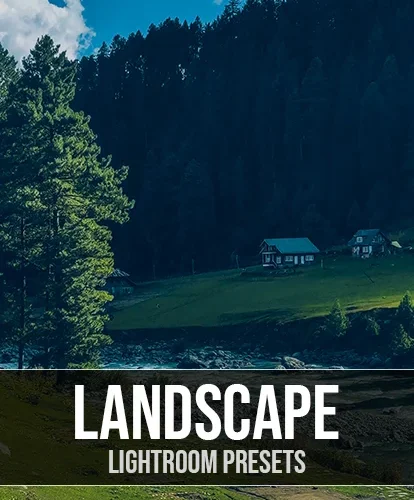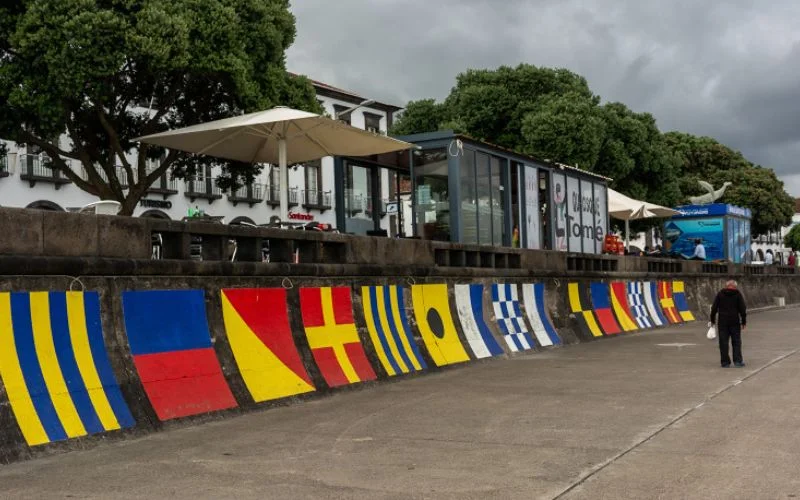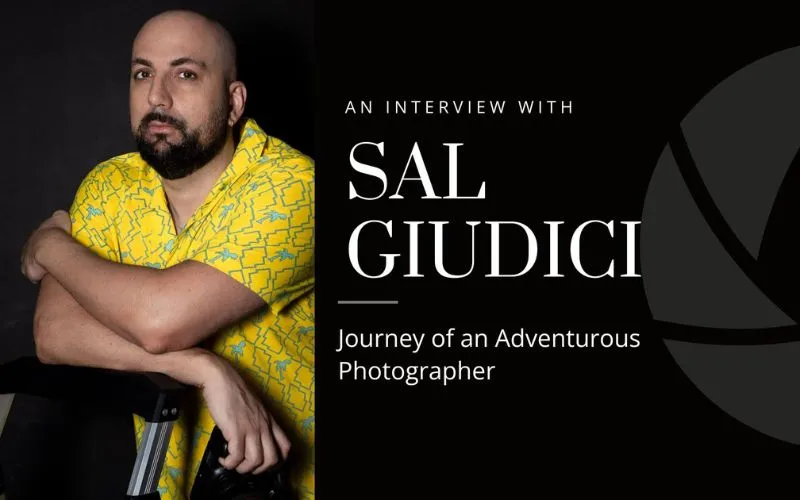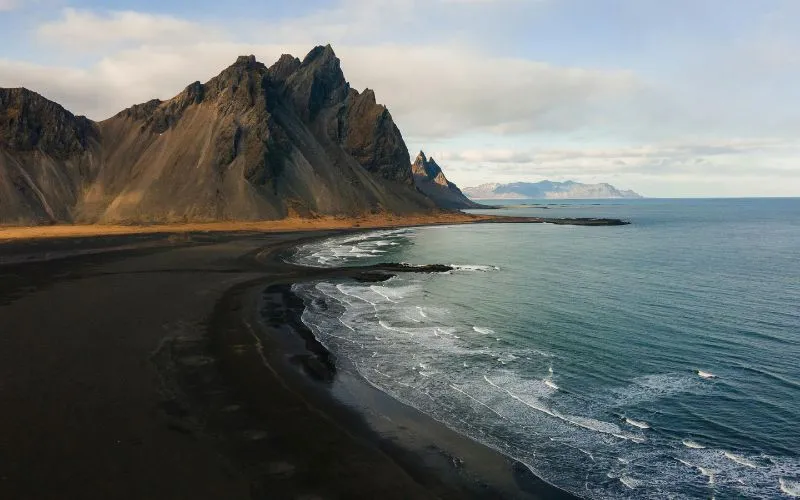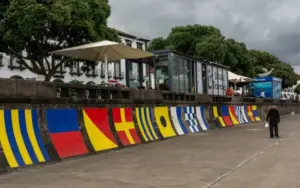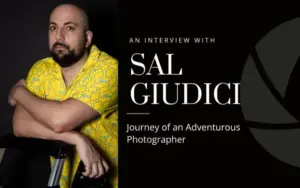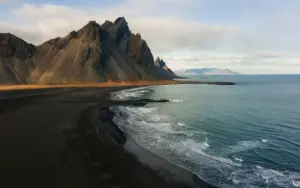We have a great collection of interviews that will take you through the journeys of some prominent photographers around the world.
In this article, we are excited to host this fun interview with photographer Ian Plant, an incredibly talented landscape & wildlife photographer from the USA.
1. “I’m more interested in capturing the true magic of the moment, not concocting it on the computer.”
This has been your mantra. Would you like to share more thoughts on post-processing?
I’m not a complete purist when it comes to digital processing. I think that there are subjective choices to be made regarding exposure, contrast, color balance, and other factors that might affect how the photo looks.
I also embrace techniques that allow the photographer to push past technical limitations of equipment, such as HDR exposure blending to increase the dynamic range of the camera, or focus stacking to ensure sharply focused images throughout the entire picture frame.
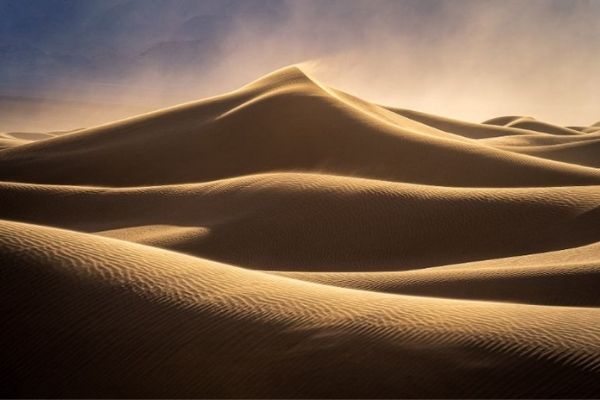
But, I’m not interested in fundamentally altering the reality of the subject or scene, as captured by the photographic process. If, for example, I’m photographing a stunning landscape scene, and I don’t get the incredible sunset sky I was hoping for, I’m not going to go to my computer and replace the sky I got with one that is more to my liking.
Instead, I make the time to return to the scene again and keep trying until I get what I want. To me, that is the essence of photography, and what makes it different from other forms of visual art. Photography is about capturing magical moments that are true and authentic, but for me, that is more about experiencing those moments.
There’s nothing quite like being in a beautiful place when an amazing sunset or sunrise happens. Inventing that experience on the computer just seems to me to be missing the entire point!
Gain more knowledge about various photography genres in these insightful photography interviews.
2. From shooting active volcanoes, critically-endangered species, and deep wilderness, you have done it all.
What according to you is the most challenging part of being a landscape & wildlife photographer?
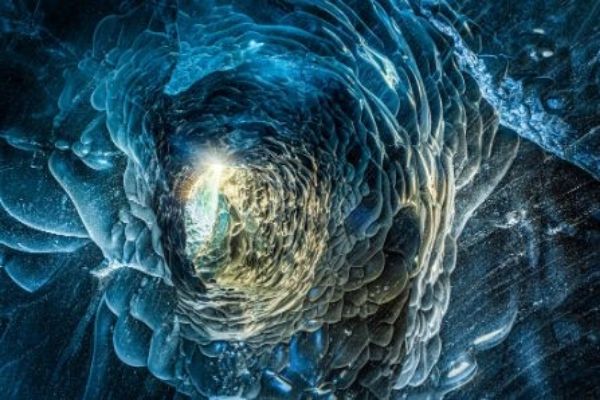
Being away from home a lot is probably the most challenging part of being a professional photographer. Travel can be fun and amazing, but it can also be exhausting and lonely.
Often, when I am away, I dream of being back home. When I’m home, all I dream about is being away again. I feel like I am living in a constant state of cognitive dissonance!
3. “If you want to make inspiring photographs, there’s a lot that needs to happen before that button is pressed.”
What makes a great photo, according to you?
Great photos happen when composition, light, and the magic of the moment all come together. You don’t need all three for every photo–sometimes, a great composition can succeed even if there isn’t great light, etc.–but when the three come together, the resulting photo has an ineffable quality that brings the subject to life and incites the curiosity of the viewer.
4. For the past 20 years, you’ve been traveling across the globe to some of the deepest & wildest locations.
What was the scariest thing that has happened to you while out on a shoot?
I’ve had some crazy things happen to me. I’ve stood so close to lava that my boots started to smoke. I’ve been caught in massive thunderstorms in the Great Plains with lightning all around me.
I once had a silverback mountain gorilla throw a big stick at me. Nature is beautiful and inspiring, but it can also be terrifying, so I always make safety a priority. I do my best to keep the drama out of my life, and keep it in my photos where it belongs!
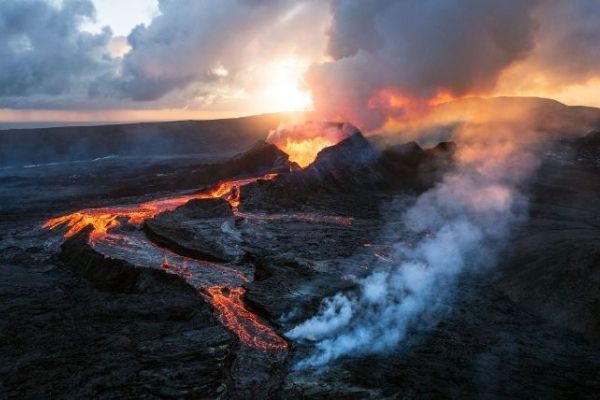
5. What draws you particularly to nature and wildlife photography?
Before I discovered photography, I spent a lot of time doing outdoor adventures, including hiking, backpacking, rock climbing, and canoeing, so landscape and wildlife photography was a natural transition for me.
I started off doing almost exclusively landscape photography, but over the years I started branching off into wildlife, travel, and even street photography. At some point, I realized that I was more interested in capturing amazing photos than I was in just capturing amazing landscapes, so I started chasing those photos no matter what the subject was.
But, landscape photography is still my favorite, and I keep coming back to it, no matter where else my photography takes me.
6. Your landscapes are breathtaking to look at. Can you share your most favorite, as well as the most challenging location so far?
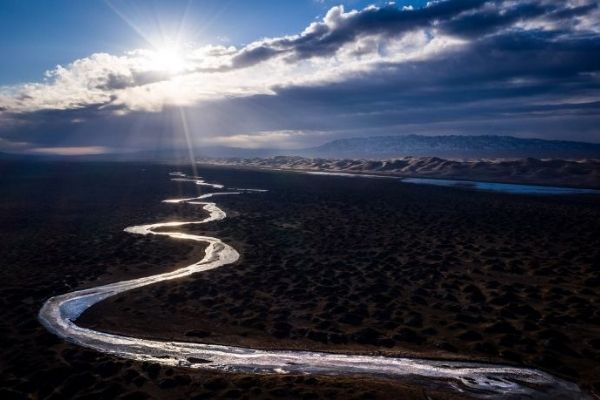
Probably the most challenging location I have been to is the rainforest of Borneo in Malaysia. It was grueling terrain, hot and humid weather, and there were leeches everywhere. I’ve never been more miserable in my life!
My favorite location in the world for landscape photography is Badlands National Park in South Dakota. Which surprises people when I say this. I’ve been to some stunning places, but the Badlands has a certain quality that really inspires me.
I love the twisted, sculpted, colorful landscapes there, and I find that there are infinite compositional possibilities. I especially like to be there during the summer thunderstorm season, which brings with it dramatic and colorful sunrise and sunset skies. Every time I visit the Badlands, I find something new to photograph.
7. You’ve been featured in leading magazines & you yourself have published various books on photography. What, according to you, is your biggest accomplishment.
My Ultimate Photography Composition Course is something I am very proud of. I spent years working on this ebook and video project, and I really think it is the very best course available on the topic of photographic composition. I really poured my heart into the project, and I think it really shows.
8. Things about Nature photography you wish you knew earlier when you had started.
The industry of nature photography changed a lot when I turned full-time pro. The digital photography revolution started when I turned pro, and everything completely changed. In the film days, nature photographers made their living selling their photos.
Now, in the digital age, most nature photographers make their living selling educational services, such as photo tours and workshops and educational videos, and ebooks. So, when I got into the business, I expected to be selling my photos to make my living. I never anticipated how much, and how quickly, the business of nature photography would change.
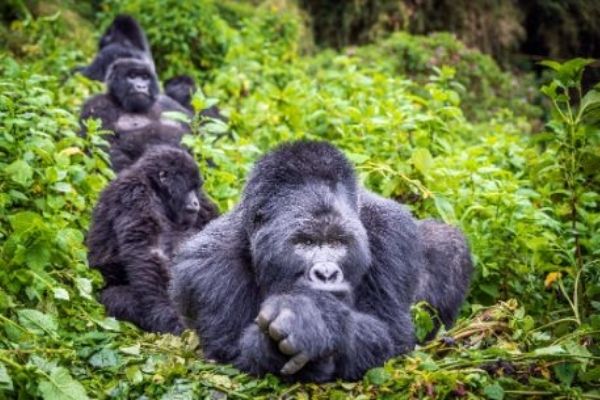
9. You are a master of composition. If you have to pick just one or two composition techniques, which ones would they be? And why?
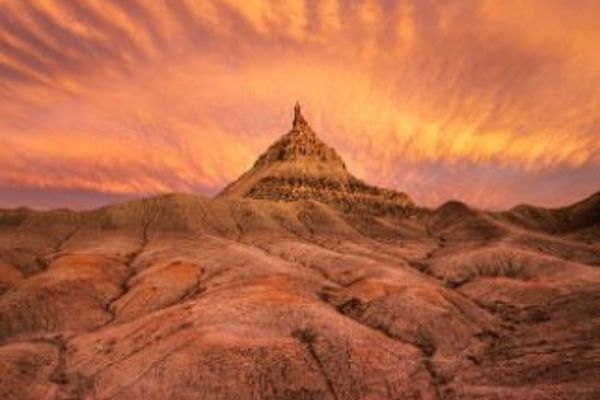
That’s not a fair question; it’s like asking a kid in a candy store to pick just one or two treats!
One of my favorite techniques is something I call “visual progression,” and it involves having at least one or more visual elements that lead to the subject. In landscape, this is often called “near/far”, but it can be used with any kind of photography. I tell people all the time that if they want to create photos with depth and visual interest, they need to find something to put between their legs and their subject. Having that “in-between” stuff creates a visual path for the viewer, and it adds a three-dimensional feel to your photos.
10. What type of camera, lenses, and lighting equipment do you use?
Right now I am using Sony cameras and a mix of Tamron and Laowa (Venus Optics) lenses.
11. Please let our aspiring photographers know 3 important tips that our readers can implement right away to improve their photography
First, experiment with shooting into the light. I love working with backlighting when my subjects have a certain amount of translucence, and you can get dramatic light and colors when you shoot into the brightest part of the scene.
Second (and related to the composition technique I described above), think of ways to add something else besides your main subject to your compositions. If you just zoom in and shoot your subject, you’ll likely have a bunch of photos that lack energy and visual interest.
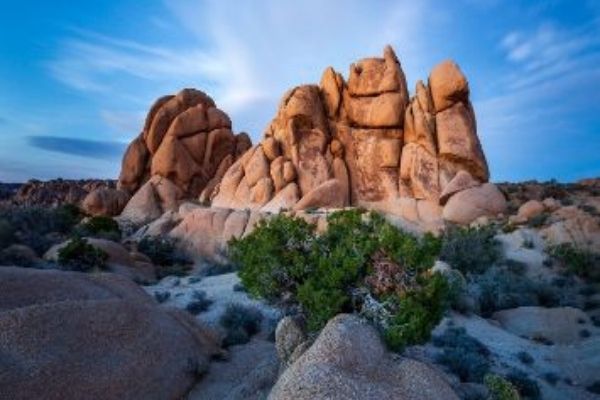
You should be getting the viewer’s eye moving around and exploring the various parts of your composition, and you do this by having something else, some other significant visual element, within the image frame. This can be a near/far visual juxtaposition, as is common with landscape photography, which involves finding an interesting foreground to complement the dramatic scenery in the background.
Third, get behind the lens as much as possible. I call this “working” my scene or subject, and it involves constantly experimenting with different angles, focal lengths, compositions, and light. But, more generally, you can’t take interesting photos if you aren’t shooting. So, even when you aren’t feeling particularly inspired, get your camera out and start trying to figure out something interesting to photograph. This is a key first step to unlocking your creative potential.
